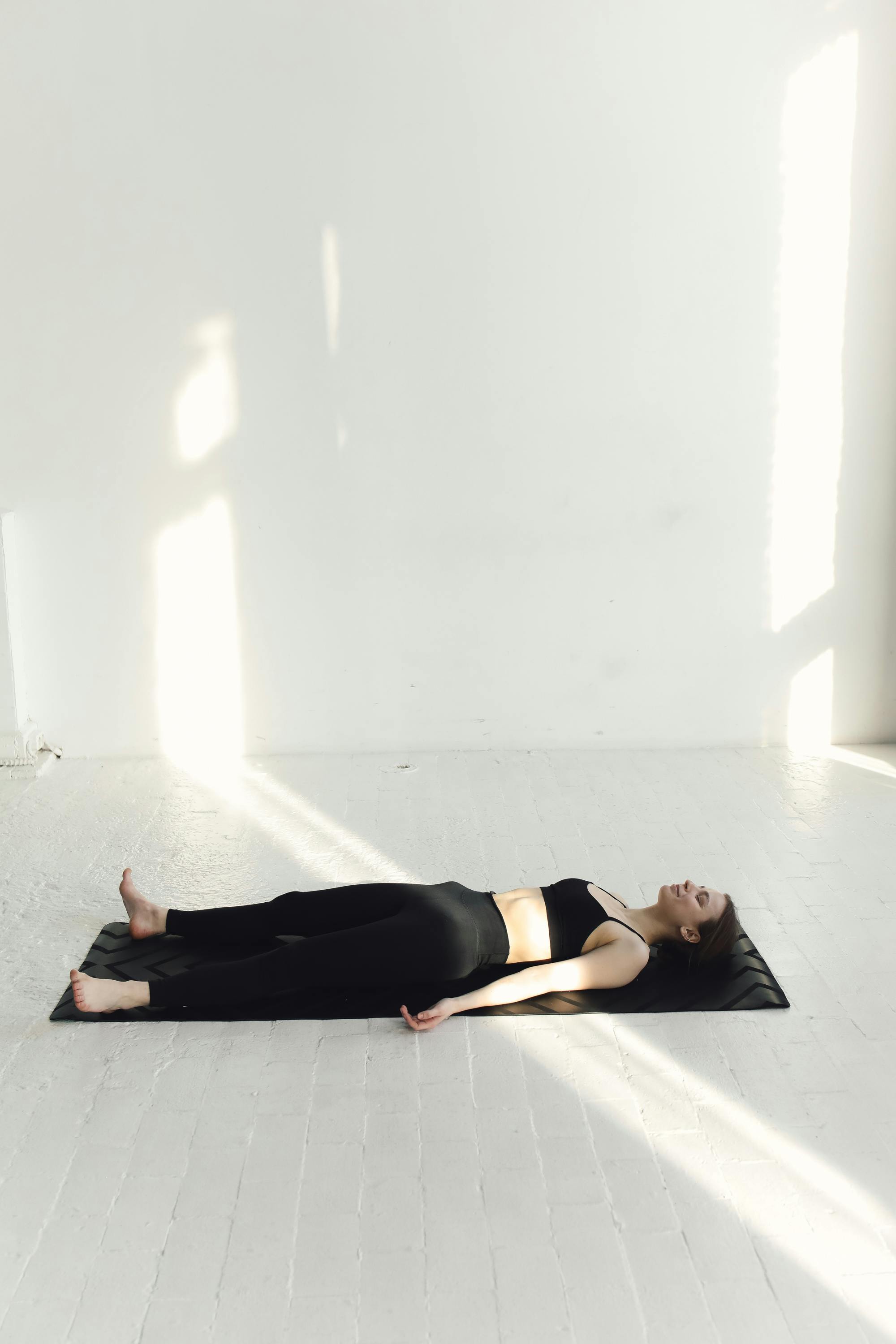
While your brain stores facts and events, your body stores experiences as patterns of movement, posture, and response. These become so automatic that you don't even notice them.
Your body remembers:
Unlike conscious memories that you can choose to think about or ignore, procedural memories happen automatically. They're your body's attempt to keep you safe and efficient based on past experiences.
These unconscious patterns show up in predictable ways:
Postural habits that tell a story: Notice how you naturally sit, stand, or walk. Do you always cross your arms? Hunch your shoulders? Tilt your head to one side? These aren't random – they're patterns your body learned and now repeats automatically.
Protective movement patterns: Maybe you instinctively step back when someone approaches. Or you find yourself making yourself smaller in groups. Or you can't sit with your back to a door. These are procedural memories designed to keep you safe.
Emotional muscle memory: Your body remembers how to "do" anxiety, sadness, or anger through specific muscle tensions, breathing patterns, and postures. When triggered, it automatically recreates these physical states.
Stress response habits: Some people's bodies have learned to be constantly ready for action – muscles tight, breathing shallow, always alert. Others have learned to collapse inward, shutting down when overwhelmed.
These automatic patterns served you at some point, but they can become problematic when:
Traditional talk therapy works with conscious memories and thoughts. But procedural memories live in your body, so they need to be addressed somatically – through your physical experience.
Awareness is the first step: Start noticing your automatic patterns without trying to change them. How do you naturally hold your body? What happens to your posture when you're stressed? What does your breathing do when you're triggered?
Gentle exploration: Instead of forcing new patterns, explore them slowly. If your shoulders are always tight, what happens when you consciously let them drop? If you always look down, what's it like to lift your gaze?
Creating new procedural memories: Your body can learn new patterns, but it needs repetition and positive reinforcement. Practice new ways of standing, breathing, or moving when you feel calm and safe.
Working with resistance: Sometimes your body will resist new patterns because the old ones feel safer. This is normal. Move slowly and respect your body's protective instincts while gently introducing new possibilities.
Integration through movement: Somatic practices like gentle shaking, stretching, or mindful movement can help discharge old patterns and integrate new ones. Your body learns through experience, not just intention.
The amazing thing about procedural memory is that it's changeable. Just like you can learn a new physical skill, you can help your body learn new ways of being.
You can teach your body:
This isn't about willpower or forcing change. It's about compassionately working with your body's intelligence to update patterns that no longer serve you.
Remember, your body developed these patterns as intelligent responses to your life experiences. They weren't mistakes – they were adaptations.
But adaptation is an ongoing process. Your body can continue learning, growing, and updating its responses throughout your entire life. You're not stuck with the patterns you developed in childhood or during difficult periods.
With patience, awareness, and the right support, you can help your body remember new ways of being that reflect who you are now, not just who you had to be to survive.
Ready to explore the patterns your body has been carrying and discover new possibilities for movement and being? Learn how somatic therapy at Red Beard Somatic Therapy can help you work with your body's procedural memory for lasting change.

Book a Free consult here